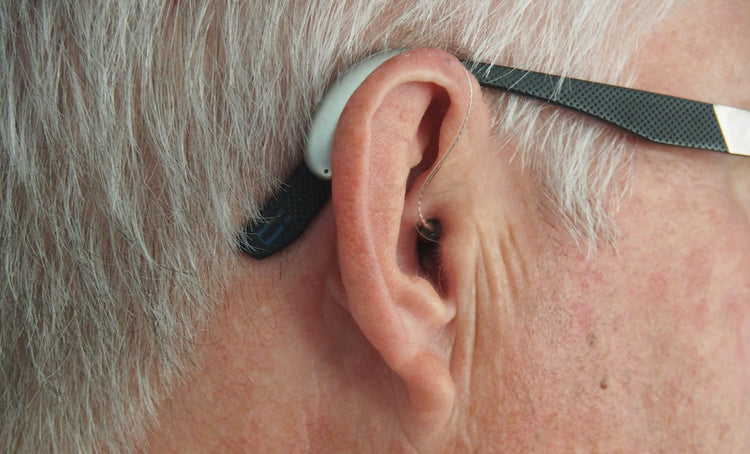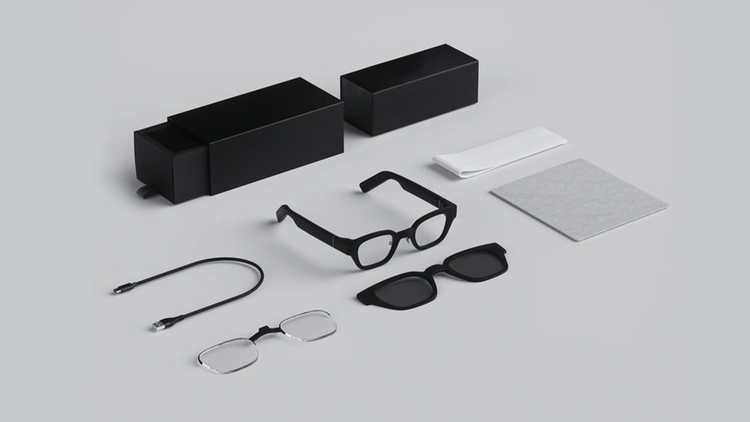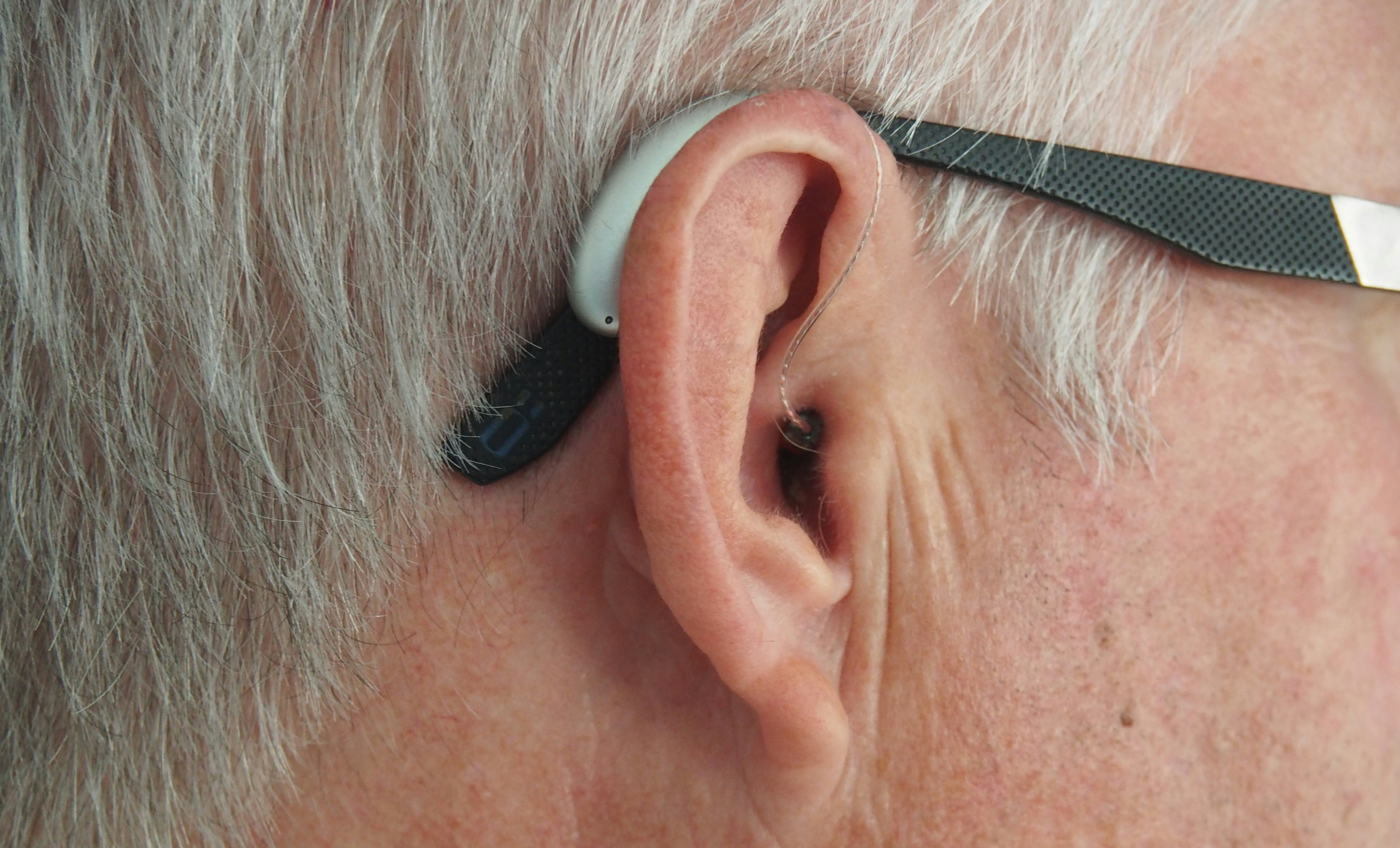
Microtia impacts ear development and can result in hearing difficulties. This condition affects approximately 3 out of every 10,000 births. Microtia often leads to partial hearing loss due to a missing or malformed external ear. However, many individuals with microtia retain the necessary auditory nerves, making hearing aids a beneficial option. Understanding these facts is essential for raising awareness and supporting those who are Deaf or Hard of Hearing. Embracing this knowledge empowers communities to provide better support and resources, improving hearing experiences for all.
1. Microtia and Its Impact on Ear Development
Understanding Microtia
Definition and Types of Microtia
Microtia is a condition where the external ear is underdeveloped. You might notice that the ear looks smaller or has an unusual shape. There are four types of microtia. Type 1 is the mildest, with a smaller-than-normal ear that still has most of the components of a typical ear. Type 4, known as anotia, is the most severe, with the external ear structures completely missing. These differences affect how individuals who are Deaf or Hard of Hearing experience the world.
Causes and Risk Factors
The exact cause of microtia remains a mystery. Most cases are not genetic or inherited. Researchers continue to investigate potential hereditary mechanisms. Some studies suggest that environmental factors during pregnancy might play a role. Understanding these causes helps in supporting those who are Deaf or Hard of Hearing by providing better resources and awareness.
How Microtia Affects Ear Structure
Differences in Ear Anatomy
Microtia affects the anatomy of the external ear, often resulting in a deformed or absent ear canal and a malformed middle ear. These structural differences can hinder how sound travels to the inner ear, leading to challenges in hearing. However, many individuals retain the ability to hear with the help of assistive devices.
Implications for Hearing Ability
Hearing ability varies among individuals with microtia. Some people experience conductive hearing loss due to the absence or underdevelopment of the ear canal, while others may have normal inner ear structures, allowing for partial hearing. Hearing aids or implants can significantly enhance hearing capabilities for those who are Deaf or Hard of Hearing. Early detection and intervention, such as the use of hearing aids, reconstructive surgery, or advanced assistive technology like HearView glasses, can greatly improve outcomes and foster a more inclusive environment.
2. Hearing Loss Associated with Microtia
Microtia often leads to hearing loss, impacting the lives of those who are Deaf or Hard of Hearing. A better understanding of the types of hearing loss helps in managing the condition more effectively.
Types of Hearing Loss
Conductive Hearing Loss
Conductive hearing loss occurs when sound cannot pass through the outer and middle ear. In individuals with microtia, this often results from the absence or malformation of the external ear canal. This makes it challenging for sound waves to reach the inner ear. Hearing aids or surgical interventions are effective solutions that can significantly improve hearing, leading to better communication and engagement.
Sensorineural Hearing Loss
Sensorineural hearing loss results from damage to the inner ear or auditory nerve. While less common in microtia, some individuals may experience both conductive and sensorineural hearing loss, known as mixed hearing loss. Treatments such as cochlear implants can help improve hearing in these cases, providing individuals with greater access to the sounds around them.
Diagnosis and Assessment
Audiological Evaluations
Audiological evaluations are vital for diagnosing hearing loss in individuals with microtia. Audiologists perform tests to assess the degree and type of hearing loss. These evaluations help determine the best course of action for hearing improvements. Regular check-ups ensure any changes in hearing ability are promptly addressed, allowing for better intervention.
Importance of Early Detection
Early detection of hearing loss in children with microtia is critical for ensuring positive outcomes. Recognizing hearing issues early allows parents, caregivers, and educators to intervene with appropriate measures. Early intervention, combined with educational and community support, enables children to develop strong communication skills, fostering a more inclusive environment for those who are Deaf or Hard of Hearing.
3. Treatment and Support Options for the Hard of Hearing
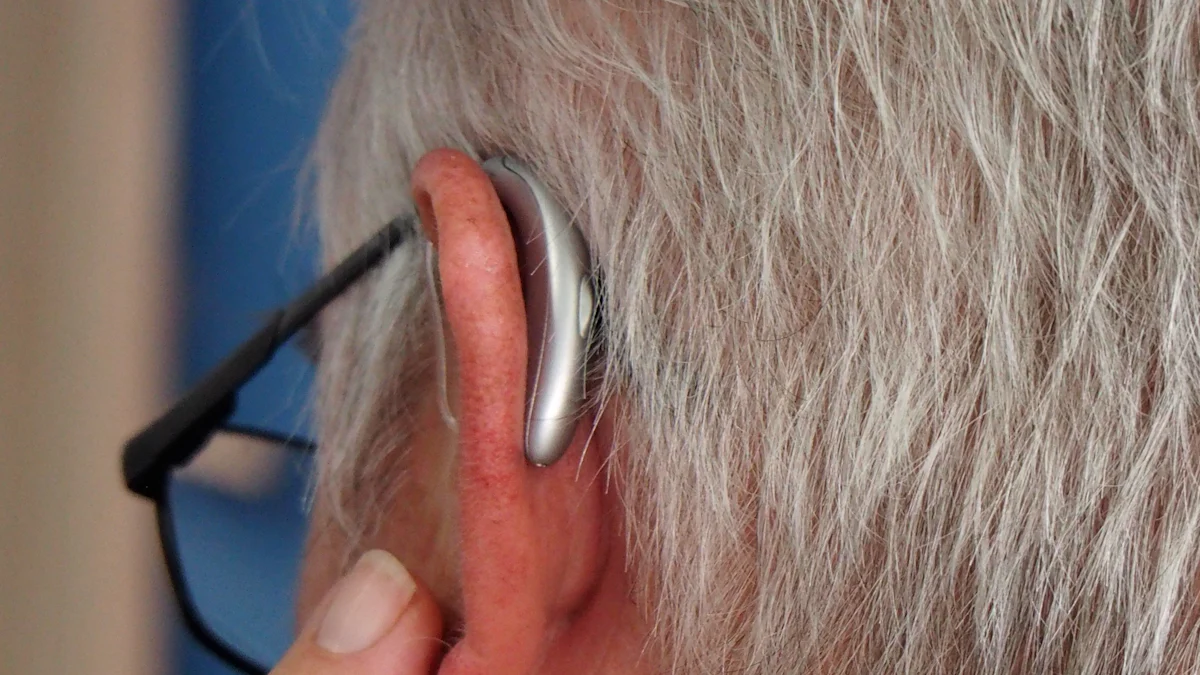
Medical and Surgical Interventions
Reconstructive Surgery
Reconstructive surgery offers the opportunity to reshape the ear for individuals with microtia. Surgeons typically use cartilage from the patient’s rib to form a new ear. This procedure can enhance both appearance and confidence. A team of specialists evaluates each case to ensure the best possible outcome. The surgery is often performed in stages, allowing the ear to develop more naturally over time. Many patients report an improved sense of self and increased engagement with the world after surgery.
Hearing Aids and Implants
Hearing aids are essential tools for individuals who are Deaf or Hard of Hearing due to conditions like microtia. These devices amplify sound, helping users better engage with conversations and environmental sounds. Audiologists work closely with patients to choose the best hearing aid for their specific needs. In some cases, bone-anchored hearing systems may be more appropriate. These implants bypass the outer ear and transmit sound directly to the inner ear. Both options significantly enhance the individual’s ability to hear and communicate effectively.
HearView Glasses as an Assistive Tool
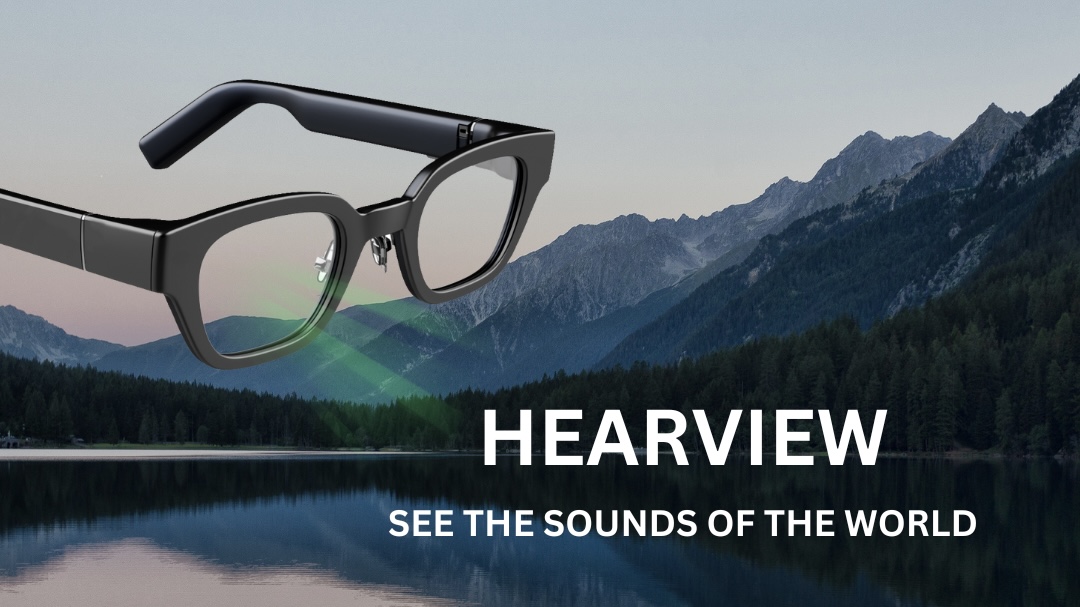
In addition to medical interventions and hearing aids, HearView glasses provide a modern solution for individuals who are Deaf or Hard of Hearing. These glasses use advanced speech-to-text technology to capture spoken words in real-time and display them as captions. This innovation allows users to actively participate in conversations, even in noisy environments where traditional hearing aids may struggle. With a focus on improving accessibility, HearView glasses offer an extra layer of support, empowering individuals to engage fully with their surroundings and maintain independence in various social and professional settings.
Support and Resources
Educational and Community Support
Educational support is essential for children with microtia. Schools often provide resources to ensure students’ success, and teachers are trained to accommodate the needs of students who are Deaf or Hard of Hearing. Community support groups also play a vital role by offering a space for families to connect and share their experiences. These networks create a supportive environment, improving the hearing and overall quality of life for everyone involved.
Advocacy and Awareness Initiatives
Advocacy efforts help raise awareness about microtia and its effects. Organizations work to educate the public and promote inclusivity. Awareness campaigns emphasize the importance of early detection and intervention, encouraging schools and workplaces to adopt inclusive practices. These initiatives foster understanding and acceptance, creating a brighter future for those who are Deaf or Hard of Hearing.

